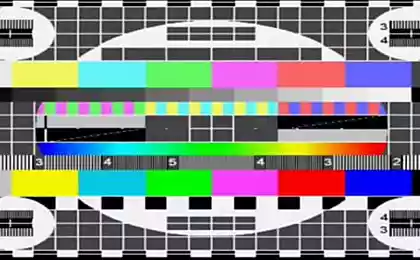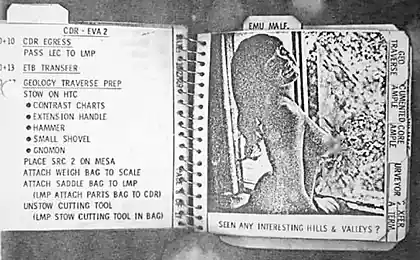238
Scientists have detected a strange signal from space, which repeats every 22 minutes, the source has not been established.
It turns out, even barely perceptible space signalIt can make a lot of noise, which is interesting only to a handful of people with specific knowledge. The fact is that this signal has such “impossible” characteristics that scientists simply cannot explain its origin.

Earth got it literally today, and some experts are still in a little panic. And how else to call a state when all your experience, all the years spent on education, persistently repeat: this can not be! And the most modern equipment simply and emotionlessly shows dry numbers and data, which says that something out of the ordinary happened. The only person who can explain this is yourself.
At a distance of 15,000 light years from us, scientists have recorded a radio signal that can give a previously undiscovered type of star. In fact, this signal is on the records in the archives of thirty years ago. But due to the vast amount of information, astronomers have only now learned about this case.
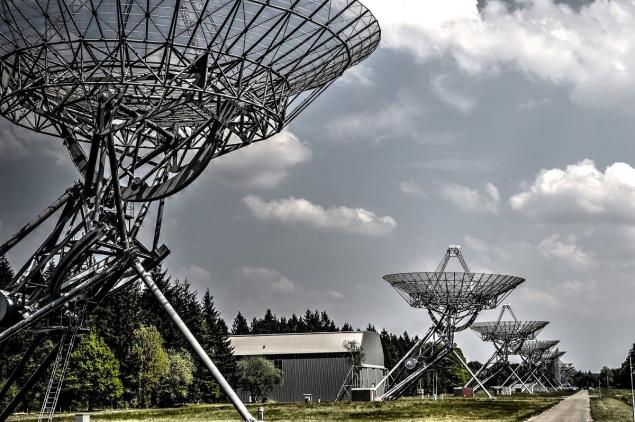 9696
9696
The object was named GPM J1839-10 and is interesting because it emits special signals every 22 Earth minutes. Let me explain. Compared to other, better-known types of stars, this object produces flashes of its radio signals at times slower. GPM J1839-10 has its own magnetic field. But what exactly is the mechanism behind the transmission of its signals – science is not yet aware.
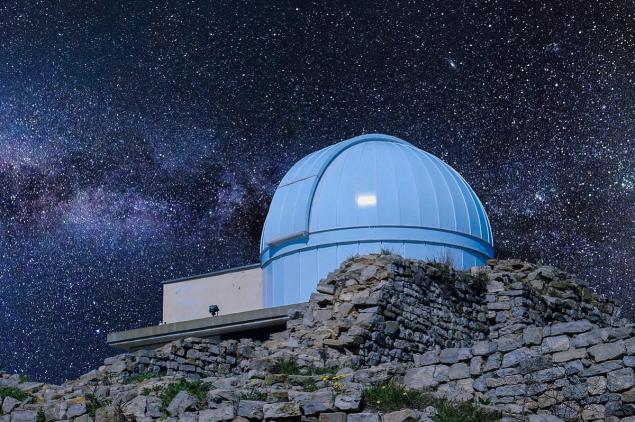
If we assume that we are dealing with a magnetar (a neutron star with a very powerful magnetic field), then this will be the closest to what the sensors show. But the problem is that these objects do not emit radio waves at all. Therefore, there is a tiny chance that the source of the signals is something man-made. Or, hitherto unknown to official science, which is also a kind of sensation.
On August 15, 1977, Jerry Eiman recorded a pure narrowband signal. This case is known in history as “WOW signal!” Scientists by then had clear expected characteristics of a signal that would be a signal from extraterrestrial civilizations. And that's exactly what the 1977 signal printout had. Because of the feelings that came over him, Jerry Eiman took a marker out of his pocket, circled the data cluster and wrote “WOW!” near them.

Scientists still debate the nature of the case. They're discussing the chances that this could be direct evidence that we're not alone in the universe. However, there is now too little data for serious proceedings. And time has passed almost half a century. But by the standards of astronomy, it's like a moment for a person. Sorry.
Star HD 164595 In 2016, there was another sensational case. At a distance of 95 light years from us, in the constellation of Hercules, is the star HD 164595. Somewhere from there, a clear signal came to Earth lasting about two seconds. Scientists have even found an unnamed exoplanet near HD 164595. The intrigue grew, intensifying with each new detail.
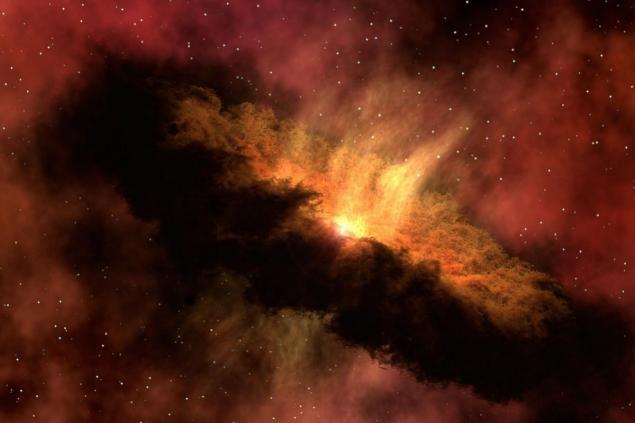
Unfortunately, it was not possible to receive a repeat signal. This square has long been given increased attention, but the result was zero. Therefore, it was decided to conclude that the signal from the star HD 164595 was mistaken. All due to interference from ground facilities, case closed. Due to the fact that the very fact of receiving the signal was observed on only one computer, it was concluded that there is simply no significant evidence. But the truth, as always, is out there.
In 1967, a clear and very fast signal was recorded, later called LGM-1 (an acronym for Little Green Men or little green men). By the way, this was the first encounter with the pulsar we talked about earlier. LGM-1 signals were so fast and inconsequential that they were long mistaken for a malfunction in the equipment.
Another type of rapid bursts is called FRB. And Avi Loeb and Manasvi Lingam of Harvard University hypothesized that such bursts are the fixation of emissions from the spacecraft. Like the trail in the sky that the planes leave behind. Later this version was called untenable, however, without any evidence.

While it may seem that there are quite a lot of signals, as in the case of the object GPM J1839-10, in fact, cases with them can be literally counted on the fingers. And this is in the entire history of studying this question. Therefore, each new case in the scientific world meets with great hopes and great interest. Who knows, perhaps we or our children will find the mysterious senders, constantly watching us through the vast depths of space. What do you think that signal is from space?

Earth got it literally today, and some experts are still in a little panic. And how else to call a state when all your experience, all the years spent on education, persistently repeat: this can not be! And the most modern equipment simply and emotionlessly shows dry numbers and data, which says that something out of the ordinary happened. The only person who can explain this is yourself.
At a distance of 15,000 light years from us, scientists have recorded a radio signal that can give a previously undiscovered type of star. In fact, this signal is on the records in the archives of thirty years ago. But due to the vast amount of information, astronomers have only now learned about this case.
 9696
9696The object was named GPM J1839-10 and is interesting because it emits special signals every 22 Earth minutes. Let me explain. Compared to other, better-known types of stars, this object produces flashes of its radio signals at times slower. GPM J1839-10 has its own magnetic field. But what exactly is the mechanism behind the transmission of its signals – science is not yet aware.

If we assume that we are dealing with a magnetar (a neutron star with a very powerful magnetic field), then this will be the closest to what the sensors show. But the problem is that these objects do not emit radio waves at all. Therefore, there is a tiny chance that the source of the signals is something man-made. Or, hitherto unknown to official science, which is also a kind of sensation.
On August 15, 1977, Jerry Eiman recorded a pure narrowband signal. This case is known in history as “WOW signal!” Scientists by then had clear expected characteristics of a signal that would be a signal from extraterrestrial civilizations. And that's exactly what the 1977 signal printout had. Because of the feelings that came over him, Jerry Eiman took a marker out of his pocket, circled the data cluster and wrote “WOW!” near them.

Scientists still debate the nature of the case. They're discussing the chances that this could be direct evidence that we're not alone in the universe. However, there is now too little data for serious proceedings. And time has passed almost half a century. But by the standards of astronomy, it's like a moment for a person. Sorry.
Star HD 164595 In 2016, there was another sensational case. At a distance of 95 light years from us, in the constellation of Hercules, is the star HD 164595. Somewhere from there, a clear signal came to Earth lasting about two seconds. Scientists have even found an unnamed exoplanet near HD 164595. The intrigue grew, intensifying with each new detail.

Unfortunately, it was not possible to receive a repeat signal. This square has long been given increased attention, but the result was zero. Therefore, it was decided to conclude that the signal from the star HD 164595 was mistaken. All due to interference from ground facilities, case closed. Due to the fact that the very fact of receiving the signal was observed on only one computer, it was concluded that there is simply no significant evidence. But the truth, as always, is out there.
In 1967, a clear and very fast signal was recorded, later called LGM-1 (an acronym for Little Green Men or little green men). By the way, this was the first encounter with the pulsar we talked about earlier. LGM-1 signals were so fast and inconsequential that they were long mistaken for a malfunction in the equipment.
Another type of rapid bursts is called FRB. And Avi Loeb and Manasvi Lingam of Harvard University hypothesized that such bursts are the fixation of emissions from the spacecraft. Like the trail in the sky that the planes leave behind. Later this version was called untenable, however, without any evidence.

While it may seem that there are quite a lot of signals, as in the case of the object GPM J1839-10, in fact, cases with them can be literally counted on the fingers. And this is in the entire history of studying this question. Therefore, each new case in the scientific world meets with great hopes and great interest. Who knows, perhaps we or our children will find the mysterious senders, constantly watching us through the vast depths of space. What do you think that signal is from space?
When the brother left his wife, my mother stopped sending him money, now she gives everything to her daughter-in-law, but I think it’s unfair.
Wonderful actress Ada Rogovtseva celebrated the 86th anniversary and went on stage to the enthusiastic applause of fans










